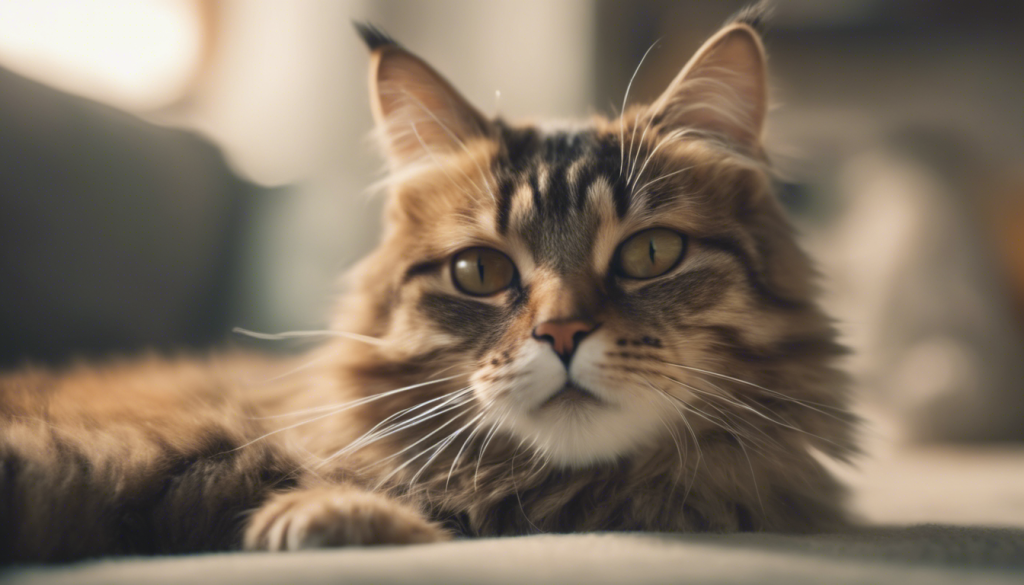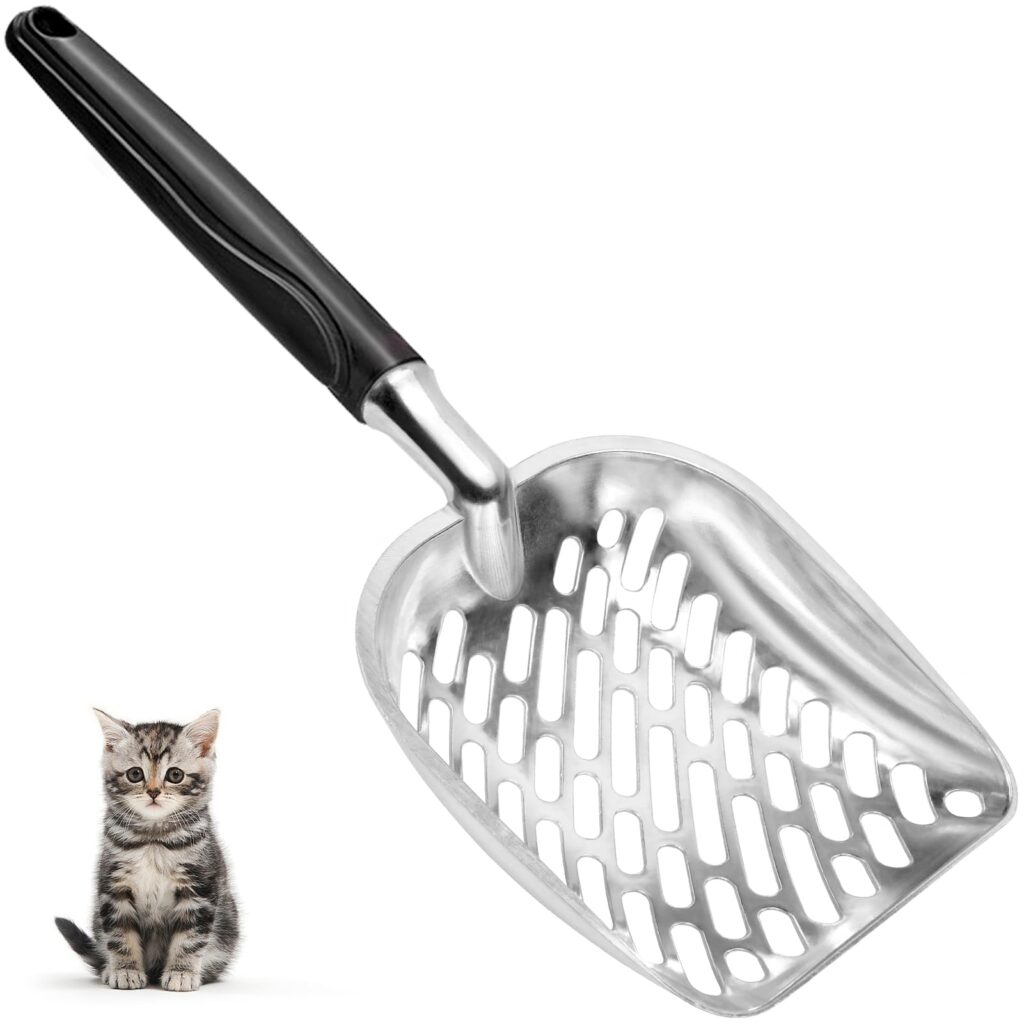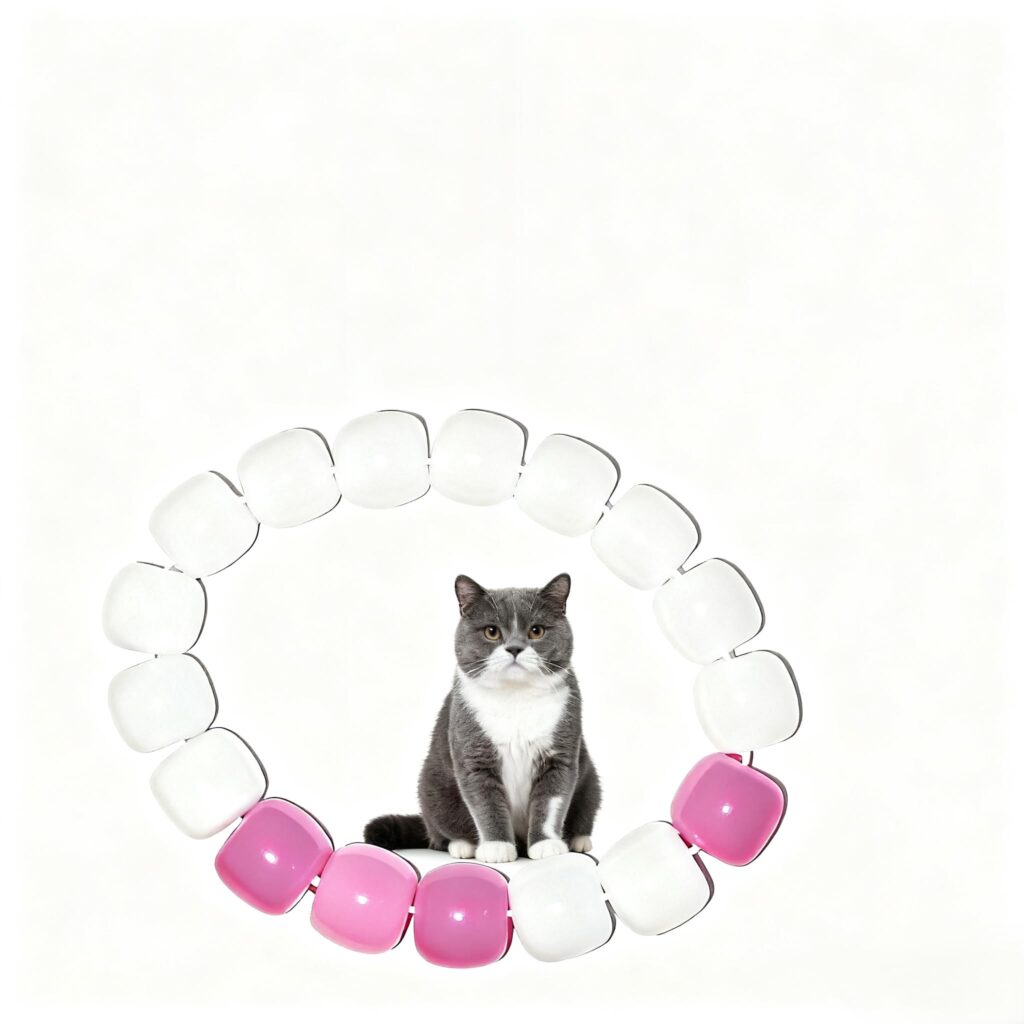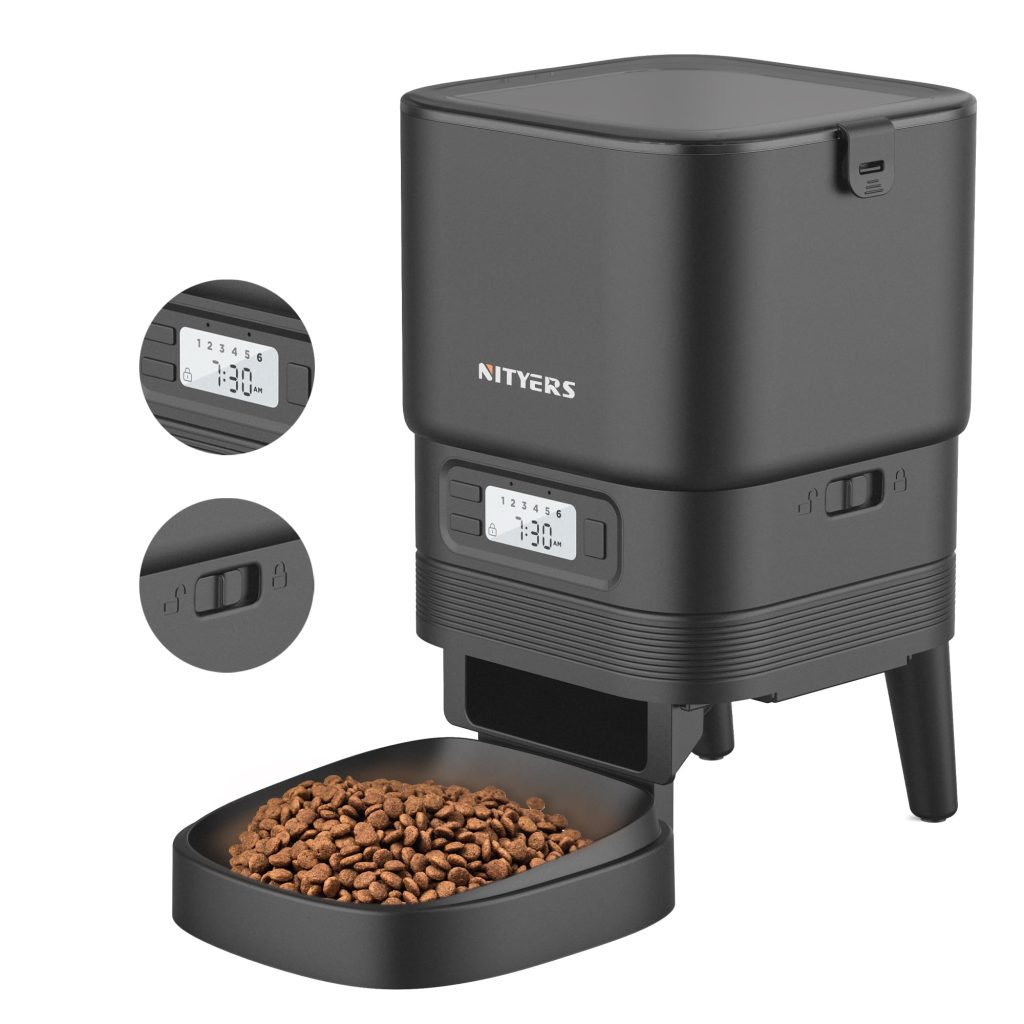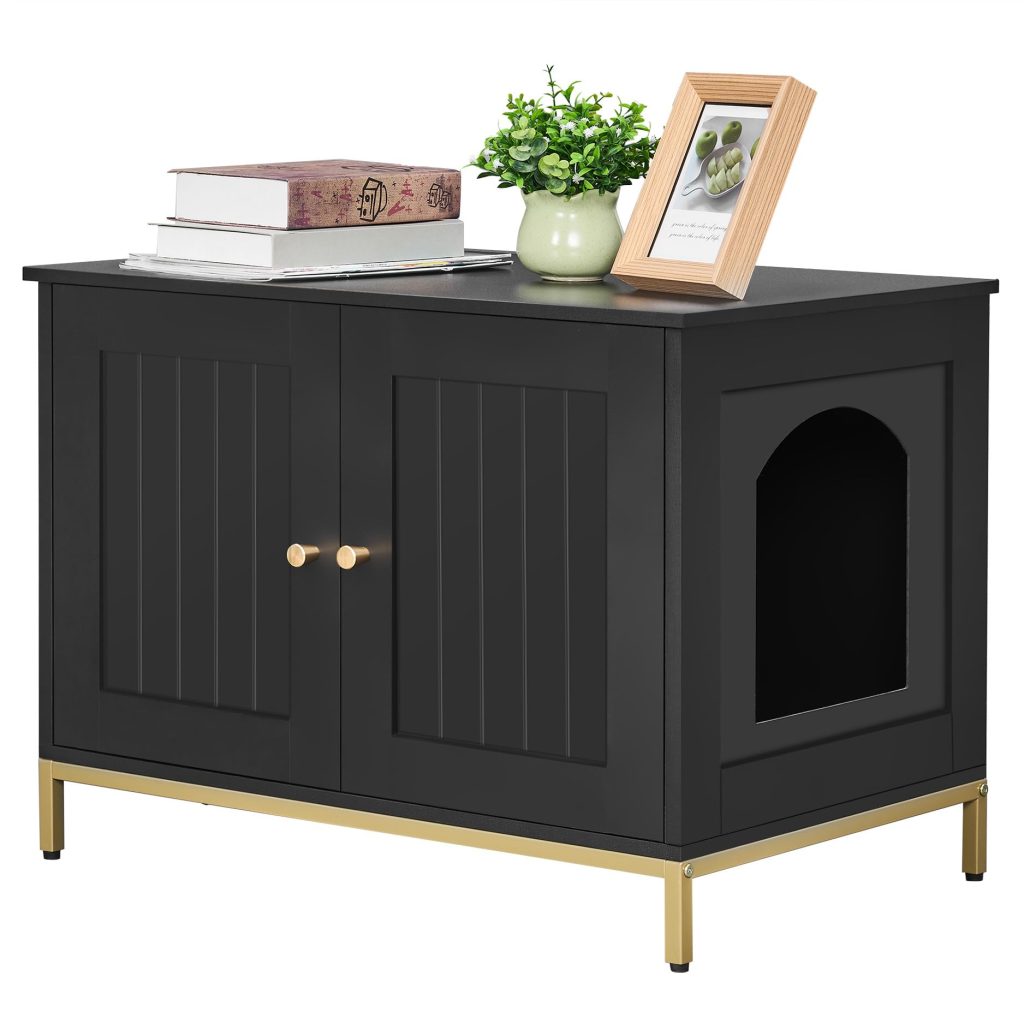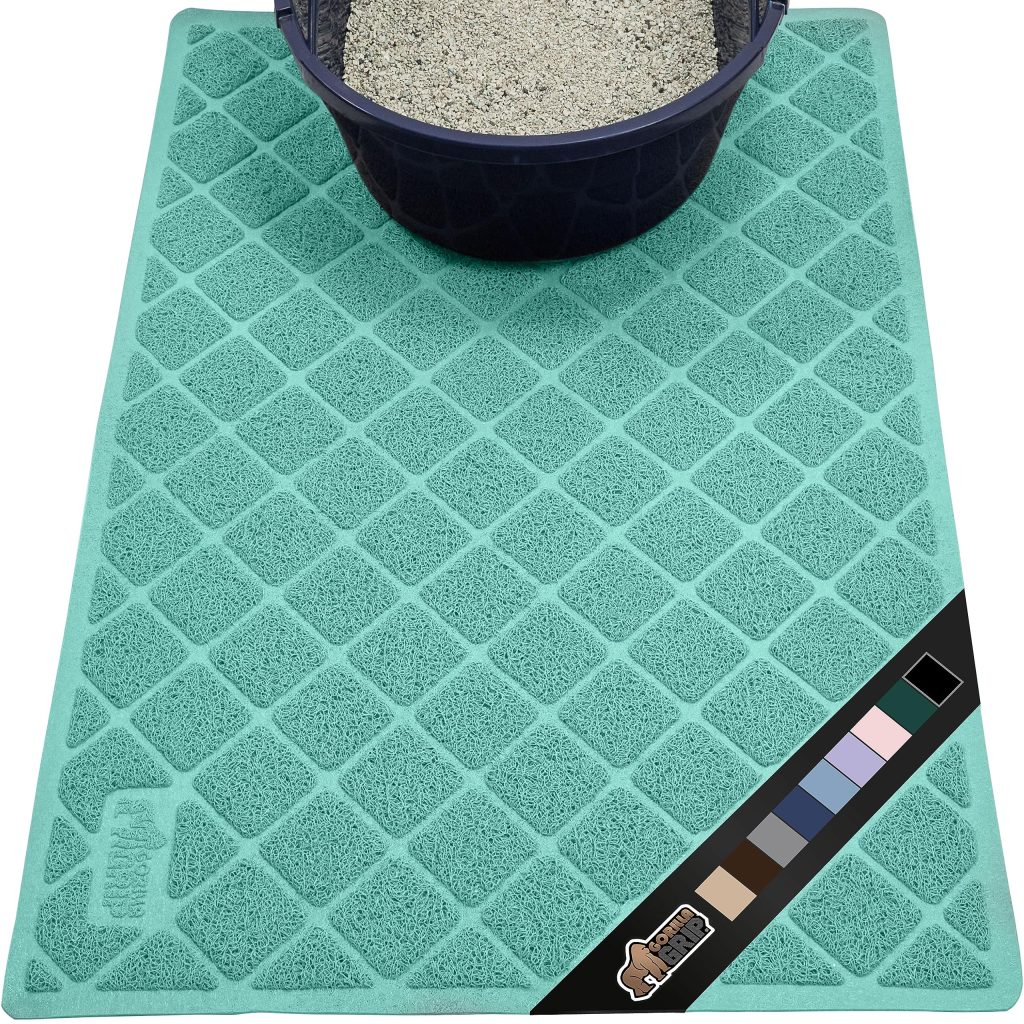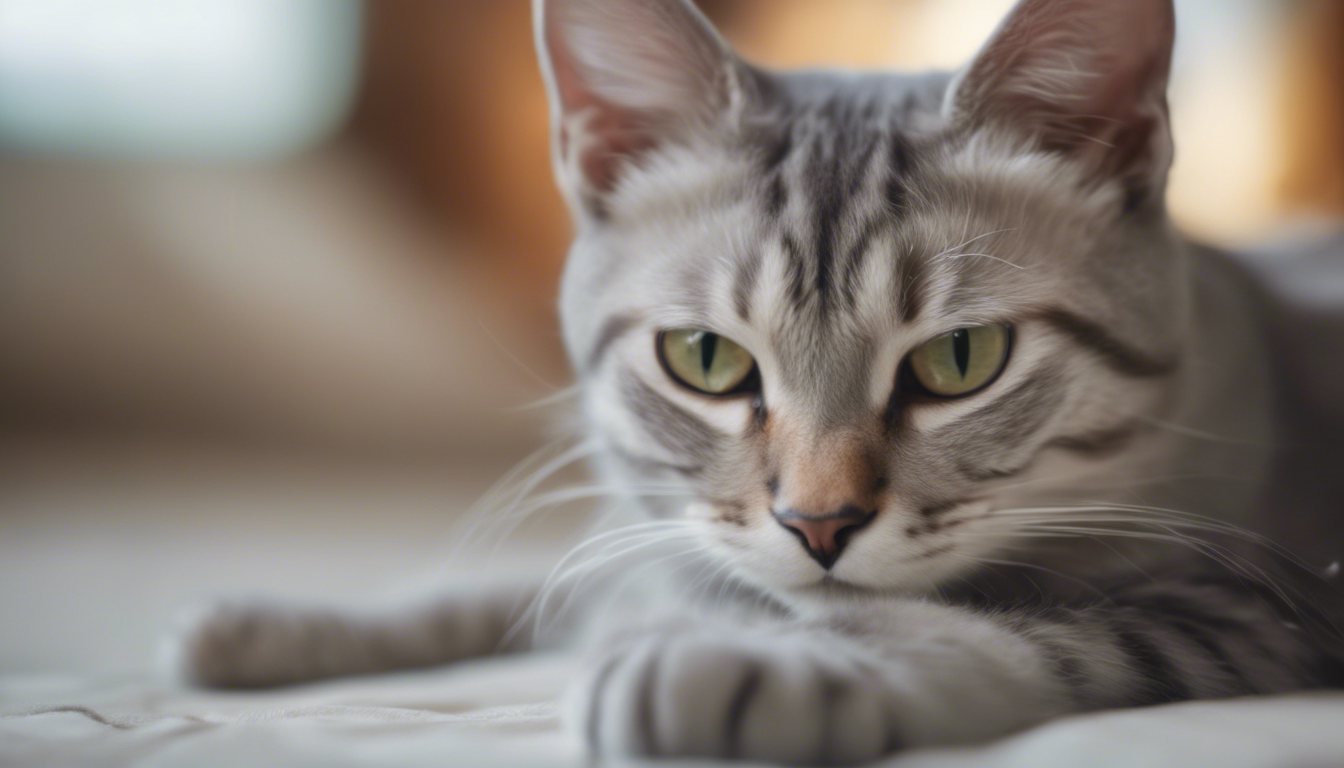
Origin and history of the Burmilla breed
Imagine a cat with a shimmering silver coat and striking green eyes—an accidental masterpiece that brings together the best of both the Chinchilla Persian and Burmese breeds. That is how the Burmilla cat, one of the most captivating feline breeds, made its whimsical entrance into the world. The serendipitous birth of the Burmilla breed began in the United Kingdom in 1981 when a mischievous Chinchilla Persian male and a lilac Burmese female entwined their destinies. Their unintended romantic escapade led to the birth of kittens that boasted unique alluring qualities, a soft silver coat juxtaposed with the striking physical features and spirited personality of the Burmese.
This creation was no less than a fairytale—unexpected but welcome. Cat enthusiasts became enamored with these enchanting hybrids. As a result, deliberate efforts to stabilize the breed ensued, carefully preserving the distinctive features and charming nature that had captivated many. The Burmilla was well on its way to becoming its own recognized breed. Cat fanciers, intrigued by the perks of this new breed—a combination of the Persian’s luxurious coat and the Burmese’s svelte body—set to work. They implemented selective breeding programs to establish a consistent set of traits that the world would come to know as the Burmilla breed.
The allure and charisma of the Burmilla did not go unnoticed for long. Organizations began to officially acknowledge the breed, with various international cat registries offering it full championship status. This paved the way for the Burmilla to saunter proudly into the hearts of cat lovers worldwide. Today, while they may not be as ubiquitous as some other breeds, Burmillas hold a cherished spot in the cat community for their grace, poise, and captivating original story—a romantic “meow’te-cute” that began an entire feline legacy.
Physical characteristics and appearance
The Burmilla is indeed a striking sight to behold, with its notable physical characteristics catching the eye and heart of any feline aficionado. With a muscular yet elegant body, this breed displays a delightful blend of strength and grace. Their build is medium-sized, reflecting their Burmese ancestry, which provides them with a look of athletic compactness without being overtly robust.
One cannot help but be mesmerized by their lustrous coat, which is one of the breed’s most distinctive features. Unlike the long fur of the Persian parent, the Burmilla sports a short to medium-length coat that is soft to the touch and effortless in its beauty. The coat shimmers with a silver undercoat, overlaid with a variety of shades that can range from black to blue, and even chocolate and lilac. This tipping effect gives them a somewhat ethereal glow, as if dusted by the stars themselves.
However, what truly sets the Burmilla apart is the signature “make-up” these cats appear to wear. This breed is known for its expressive, large green or yellow-green eyes, outlined as if with careful strokes of eyeliner, adding to their enchanting appearance. This, coupled with their distinctive nose leather and paw pad colors, often matching their coat’s tipping, completes the picture of a cat that could easily saunter down a feline fashion runway.
Their head shape strikes a balance between that of the Persian and the Burmese, retaining a rounded contour but without the extreme flatness of the Persian’s face. This not only contributes aesthetically but also has the practical advantage of reducing the respiratory and tear-duct issues that can afflict flatter-faced breeds.
Despite their somewhat lavish looks, the Burmilla is not a high-maintenance creature when it comes to grooming. Their coat does not mat easily and requires only a weekly brushing to keep it shiny and healthy, a ritual that can serve as a bonding experience between cat and owner. Furthermore, regular cleaning of their characteristic eye markings will prevent any potential tear-staining, ensuring their beguiling gaze remains as captivating as ever.
With their well-balanced physique, striking appearance, and manageable grooming needs, the Burmilla is not just a pretty face, but also a lively and adaptable companion that carries its unique blend of elegance and practicality with pride.
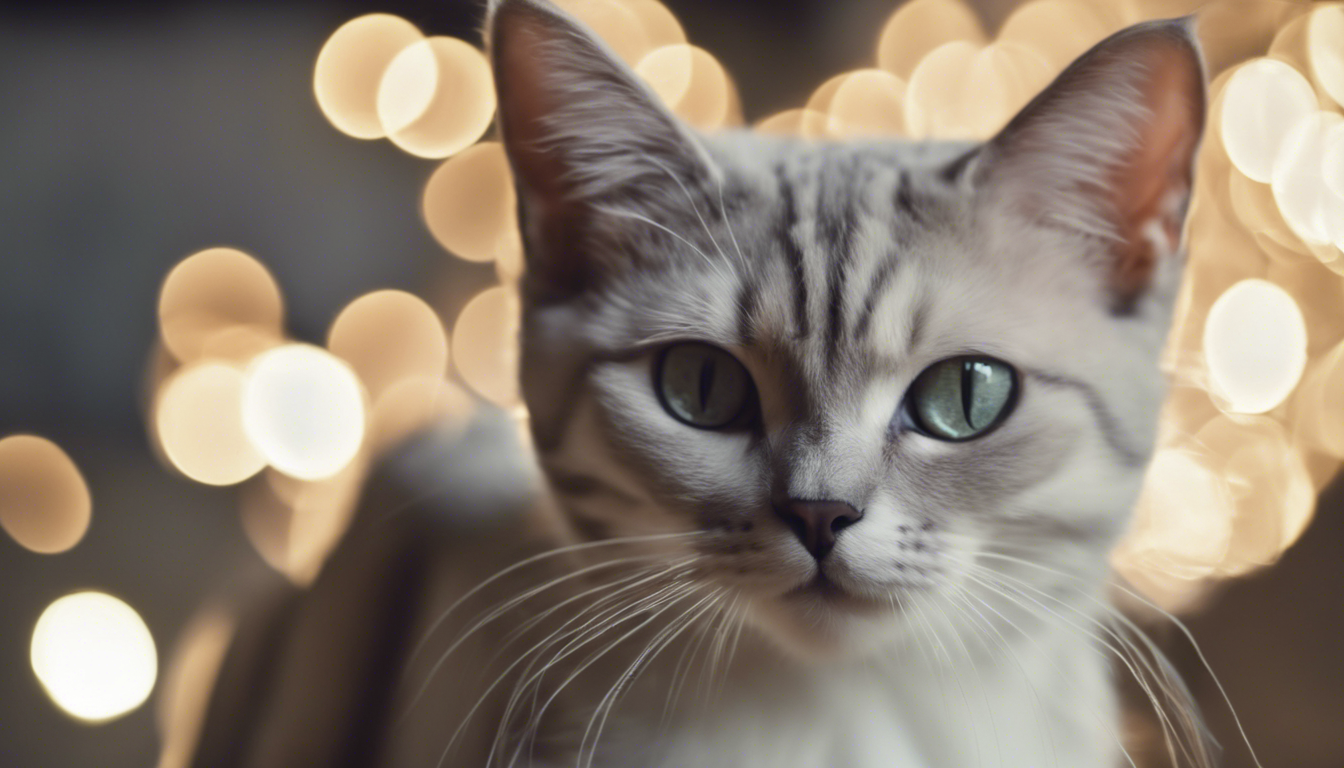
Temperament and behavior
The personality of a Burmilla is as dazzling as its coat. Characterized by a sweet, playful temperament, these cats are often described as having a kitten-like demeanor throughout their lives. They exhibit a charming blend of gentle affection and mischievous antics that make them delightful companions for all kinds of households. Their sociable nature means that they thrive on interaction and will frequently seek out the company of their human companions, be it for a cozy cuddle or a spirited play session.
One of the joys of Burmilla ownership is witnessing their affectionate behavior. They’re known to follow their owners from room to room, joining in on daily activities with a curious and engaging attitude. In addition to their loyalty, they display a remarkable sensitivity to the moods of their humans, often providing comfort and companionship when it’s most needed.
While they certainly enjoy a good snuggle, Burmillas are also lively and energetic. They need a moderate amount of playtime each day to satisfy their playful spirits and to keep them physically fit. Interactive toys, puzzle feeders, and climbing trees are excellent ways to provide mental and physical stimulation. It is worth noting that their keen intelligence makes them quick learners, capable of mastering tricks or enjoying the challenge of a new toy.
The Burmilla’s adaptability also shines through when it comes to other household pets and children. They generally get along well with everyone, displaying a tolerant and easy-going nature. However, as with all breeds, early socialization very important to develop a well-rounded temperament and ensure that they remain congenial with other animals and family members.
Despite their playful side, they are not overbearing and are often content to entertain themselves when their human companions are occupied. With the right balance of affection, play, and personal time, a Burmilla makes a harmonious addition to any home. Their overall demeanor is one of quiet elegance mixed with a joyful zest for life, capturing the hearts of those who have the pleasure of their company.
As with any pet, it is important to understand and respect a Burmilla’s personality. While they’re gregarious and loving, they’re not excessively demanding. Giving them the affection they seek when they ask for it, and respecting their independence when they require space, creates a deep bond of mutual trust and respect.
Whether basking in a sunbeam, chasing feather toys, or providing silent support during a difficult day, the Burmilla’s temperament makes them more than just a pet—they’re a cherished member of the family. Their presence is a constant source of joy, laughter, and companionship, making them ideal pets for those who wish to experience the dynamic blend of serenity and spirited playfulness this is the essence of the Burmilla cat.
Care and health considerations
Caring for a Burmilla cat is as rewarding as it is simpler, but there are a few health considerations to keep in mind to ensure your feline friend leads a happy and healthy life. While they are generally robust cats, their ancestry does predispose them to certain health issues. Potential genetic conditions, such as polycystic kidney disease (PKD), which is common in Persians, and hypokalemia, a muscle weakness disorder that can affect Burmese, are important to be aware of. Regular veterinary check-ups are essential for detecting such conditions early on. A good vet will also keep tabs on their dental health, as the breed can be prone to periodontal disease if proper care isn’t taken.
Exercise is key to any cat’s well-being, and while the Burmilla may not demand as much as more active breeds, they still require a consistent routine to keep them in shape. Encourage playtime with interactive toys to stimulate both their mind and body—laser pointers, feather wands, or even a simple cardboard box can provide endless fun. Remember, variety is the spice of life for these curious creatures.
When it comes to grooming, Burmillas benefit from their easy-care coat, but this doesn’t mean you’re off the hook completely! A weekly brush is usually enough to keep their shimmering fur in tip-top condition, but during the shedding season, you may need to up the ante to avoid hairballs and excess fur around the house. The brushing sessions are also a perfect opportunity for bonding and checking for any skin issues or parasites.
Don’t overlook the importance of nutrition in your Burmilla’s care routine. High-quality food that is rich in protein will fuel their playful antics and maintain their sleek physique. Be mindful of their portion sizes, though, as these cats can be prone to overeating. A balanced diet, coupled with regular play, should keep any weight issues at bay.
One thing’s for sure, your Burmilla will need clean, fresh water available at all times. Some can be rather picky drinkers, so ponder providing a cat water fountain to entice them to hydrate more frequently.
Their enchanting eyes, while a striking feature, can mean they’re susceptible to tear staining. Gently wiping the corners of their eyes with a damp cloth can prevent any buildup and keep those peepers pristine.
Lastly, remember that the environment you create for your Burmilla has a massive impact on their well-being. Provide them with a safe, stimulating space filled with love and care. With access to cozy napping spots, engaging toys, and your loving attention, your Burmilla will be poised to live a long, healthy, and contented life by your side.
From health checks and grooming to play and cuddles, every moment with your Burmilla is an opportunity to nurture a strong, loving relationship that will reward you both. These cats, with their combination of resilience and charm, ask for little but give so much in return—a pet owner’s dream and a friend for life.
